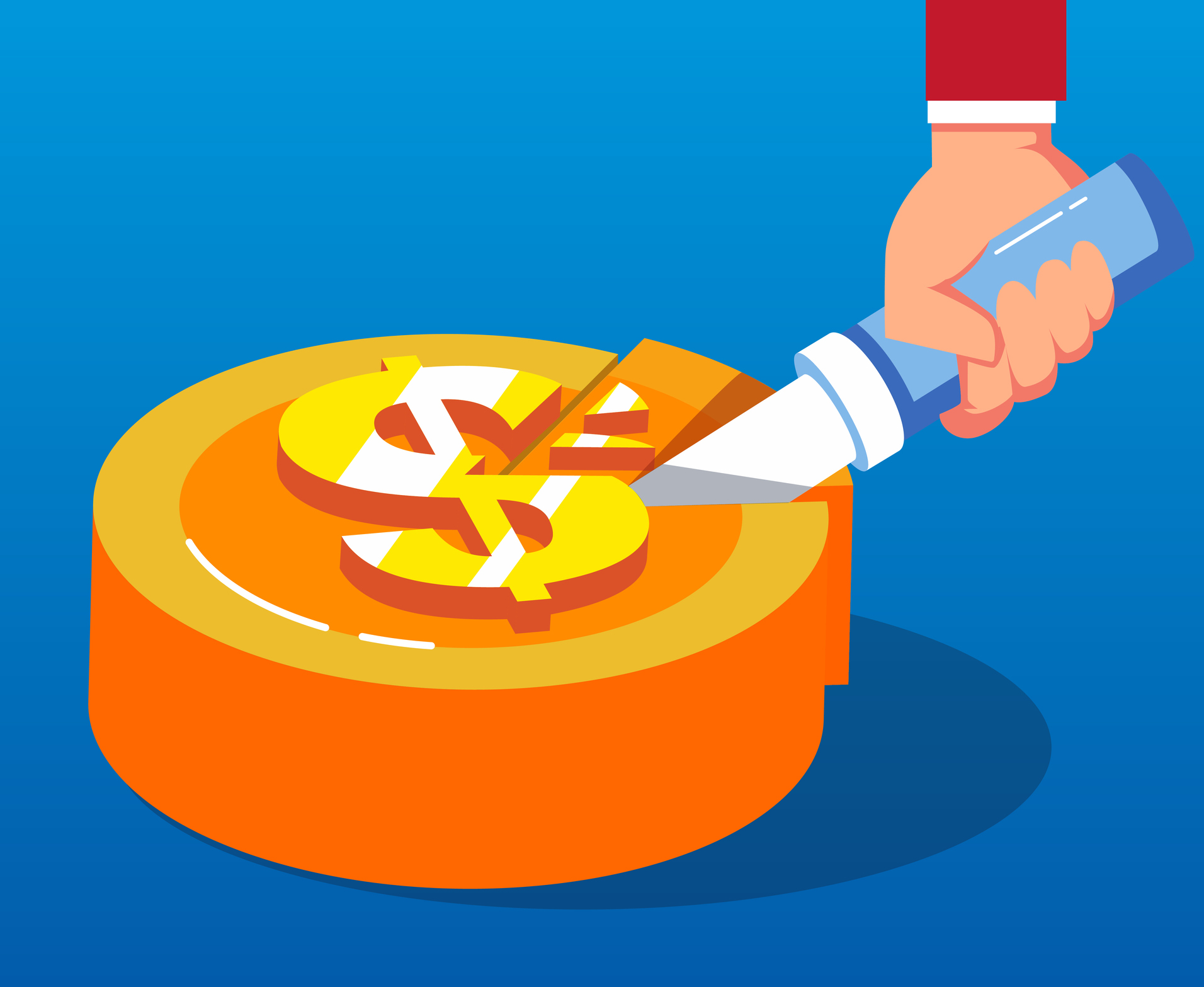
A reverse stock split is a process a publicly traded company uses to reduce its share count and boost its share price.
But investors must be mindful of multiple issues related to a reverse stock split.
Let's take a look at the mechanics of a reverse stock split, including the benefits for a company and the impact on existing and prospective shareholders.
At the most basic level, a reverse stock split is the opposite of a stock split. And the best way to understand a stock split is to use an actual example.
In mid-2022, Alphabet (GOOGL) completed a 20-for-1 stock split. Right before its shares were split, the price for a single share of GOOGL stock was roughly $2,250. After the split, the shares were priced closer to $110 apiece.
On the split record date, stakeholders were issued 20 new GOOGL shares for each one they already owned. So, if a shareholder had 10 GOOGL shares before the stock split, they had 200 shares after it.
In other words, the total share count was "split" by 20. It's sort of like cutting a pie into 20 slices. The pie size hasn't changed – there are simply more slices.
Similarly, with Alphabet, its total market capitalization didn't change (i.e., the number of shares times the stock price), only its share price did.
With its stock split, Alphabet wanted to make its high-flying shares to become more accessible to retail investors.
For example, it cost investors roughly $11,000 to buy 100 shares of GOOGL immediately following the stock split vs about $225,000 before the split – a much more realistic amount for most folks to have available.
It also made call options, which rise in value with the underlying stock's rise, cheaper to buy.
What is a reverse stock split?
A reverse stock split is the exact opposite of a regular stock split. Let's use another high-profile example to illustrate the process.
On August 24, 2023, AMC Entertainment Holdings (AMC) completed a 1-for-10 reverse stock split. For every 10 shares owned, AMC stakeholders were issued one new share. If they previously had 100 shares, they now had just 10 shares.
In other words, the total share count was been reduced by 10 times. The "pie" was cut into 10 slices vs 100 slices.
Similar to a regular stock split, AMC's market cap wasn't changed, only the share price. Whereas AMC was trading for $1.96 per share before the split, its new share price independent of market-based moves was $19.60.
The problem is the stock price has fallen again, and AMC now trades for less than $3 per share.
That's a common problem with companies that use reverse splits: The process often highlights problems or issues with the underlying business.
Is a reverse split good for a stock?
The vast majority of companies that use reverse splits have very low stock prices. These "penny stocks" have a generally terrible reputation in the market.
Penny stocks tend to be seen as high-risk, and many have histories that market them as scams. They're typically tied to troubled or failing companies that have no real assets or unique qualities.
Promoters hope a reverse stock split will boost their share price and improve their reputation.
The problem is that the market often seizes on this situation to push the stock further down. After all, there's a chance for a bigger profit when shorting a $10 stock vs a $1 stock. A higher-priced stock is also eligible for options trading.
This can be a double-edged sword for a company. It means that put options, which rise in value as the stock price falls, become a viable play for traders who want to speculate on a stock's demise.
However, one unique advantage with a reverse stock split is that a company with genuinely positive developments can now highlight its progress to the market.
Any good commercial news or events, along with the higher price, can help put it head and shoulders above the fray in the market.
Take Citigroup (C). Now the country's third-biggest bank by assets, Citi executed a 1-for-10 reverse stock split in 2011, bringing its share price to $40 from $4.
As of mid-March 2025 C is trading above the $65 per-share mark.
The bottom line is that investors should carefully study the underlying developments and fundamentals of a company that employs a reverse stock split.







